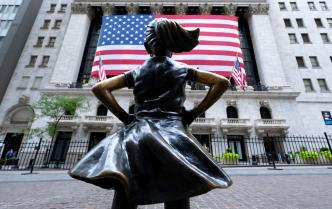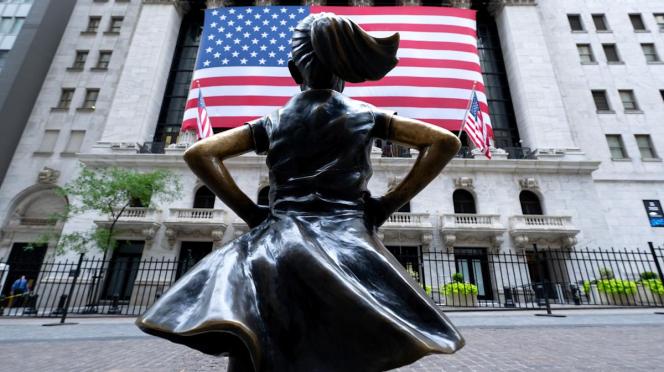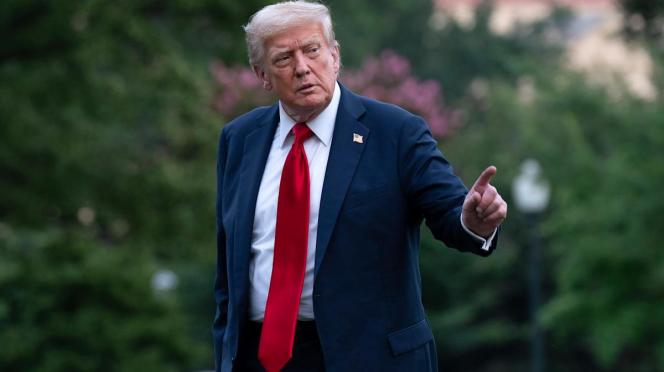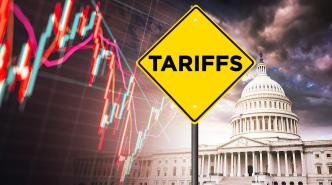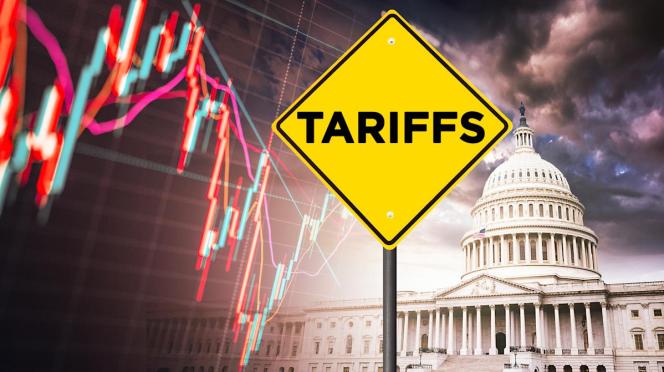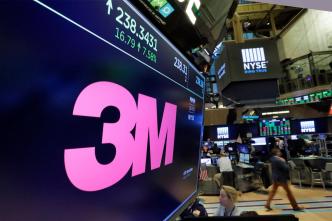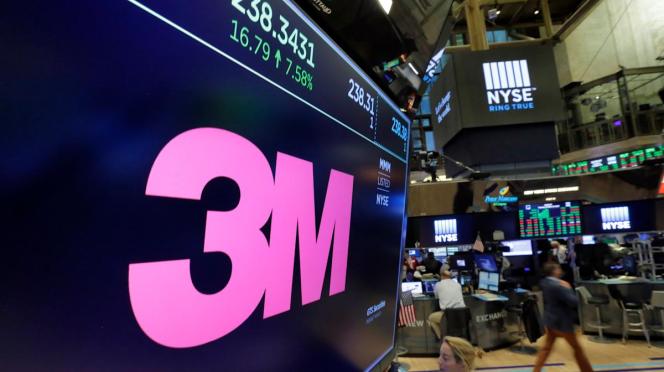Table of Contents Show
How beauty expenses affect your finances
Katie Gatti Tassin
Courtesy: Katie Gatti Tassin
There are many unique hurdles that women face when it comes to money, such as the wage gap and caregiving responsibilities.
Yet, there’s another challenge in women’s financial lives that is less-discussed — beauty costs, which can be an “insidious force in women’s financial lives,” said Katie Gatti Tassin, author of the new book “Rich Girl Nation: Taking Charge of Our Financial Futures.”
More from Personal Finance:
She made up to $110,000 a year as a nanny for the ultra-rich
Most women investors share a common regret: report
What the Senate Republican tax, spending bill means for your money
Tassin, who is also the founder of “Money with Katie,” describes beauty expenses as a “hot girl hamster wheel.” There’s a whole industry dedicated to profiting on women’s insecurities, she said, and it shows up in women’s budgets.
CNBC spoke with Tassin in late June about how women can escape the “hot girl hamster wheel,” and what to do instead with their cash.
(This interview has been edited and condensed for clarity.)
‘Beauty is a depreciating asset by design’
Ana Teresa Solá: The first chapter of your book talks about the so-called “hot girl hamster wheel.” Can you describe what that is?
Katie Gatti Tassin: The “hot girl hamster wheel” is the collection of recurring expenses that are necessary to maintain what I like to call the “acceptable feminine appearance.” Every single dollar that you spend will function like a commitment to keep spending more money in the future because of the nature of aesthetic enhancement: Your body is eventually going to reject all of these interventions that you’re making.
Anybody who’s ever gotten acrylic nails is familiar with this struggle, where they grow out and then your nails underneath are brittle and discolored.
ATS: What expenses fall under this type of spending?
KGT: Typically, for most women, it’s hair, it’s nails, it’s skincare.
Things that are more about form than function, is probably a good way to put it.
Buying toothpaste does not count. Even though that’s still a personal care purchase, because the toothpaste is doing a job for you, it’s about hygiene. Whereas, Crest White Strips would probably count because this is something that you’re doing to intervene with how you look and how you are perceived.
It can take a form that we accept as baseline feminine maintenance or upkeep, and that’s really what I want people to take a closer look at for themselves.
Rich Girl Nation Book Release
ATS: How does one fall prey to it?
KGT: If you feel like the way that you look matters, that’s probably because you are accurately picking up on signals that it does. We know that “pretty privilege” is real, and so I want to be careful not to insinuate that anyone who’s falling for this is being made a mark, or is reacting to forces that are completely fabricated or artificial.
It is true that beautiful people are treated better and are accommodated. We know that. So in some ways, it’s a rational path to start walking down because you sense that there is some return on that investment.
But what I want to bring people back to is, beauty is a depreciating asset by design. Unlike investing in actual capital — which will grow with time, it will become more valuable — when you invest in beauty, the opposite is happening. It’s going to require more and more cash to extend that half-life.
‘Beauty is about power’
ATS: It sounds like this is not by accident, particularly for women. Why is that? What dynamics are at play?
KGT: I just had a wonderful interview on my show with a woman named Tressie McMillan Cottom [who is a sociologist and writer], and I think she really nailed it. She said beauty is about power. Beauty is the only power that women can wield; they can use it, but they can never own it.
My perspective is that women are socialized to view beauty as the most powerful and important social capital that is worth their time to pursue.
But I do think as individuals, we have the ability to positively influence one another and give one another permission to opt out — and maybe you’re not opting out all the way. I think a lot of this does come down to survival.
ATS: You mentioned in the book that the subject matter was “mysteriously absent” from personal finance books and sites you’ve frequented in the past. Why do you think that is?
KGT: The majority of personal finance books and the majority of the personal finance field has historically been written by and for men, which means that men have shaped in subtle and overt ways this field with their experiences, their preferences and their priorities.
By the way, I’m not knocking them. I learned a lot reading the men’s money blogs, but obviously they are not going to be able to guide me on, “Hey, this is why your full highlights routine is making you broke.” It was just completely out of their scope of reference.
How to ‘hot girl detox’
ATS: You provide a strategy to cut back on such expenses called the “hot girl detox.” Is this useful to strike a balance?
KGT: I think it’s a useful exercise for all the spending that you do. It’s just about giving yourself the gift of that insight by sitting down, doing the simple math and then getting curious and experimenting with, “Is this thing giving me the value that I want, and if it’s not, what could I try instead?”
You list out all the beauty and personal care spending that you do in a given year, and you annualize those costs. You’re going to figure out how they relate back to what you’re bringing in income. You’re going to start at the bottom and experiment with removing one thing at a time and seeing how it feels.
If you’re like me and many other women who have gone through this process, what you’re probably going to find is that you are going to get back not just an extraordinary amount of money, but time and mental energy, too.
Investing is ‘the best gift that you can give yourself’
ATS: Once the reader performs their detox, what should they do with the extra cash?
KGT: The goal really is for that money to go to work for you and your future. What that’s going to look like will depend on the situation that you’re presently in.
If you have a lot of high-interest debt, then the best thing for you to do with that money is to start attacking the debt.
If you don’t have debt, but you also don’t really have any cash savings, then saving that money in a high-yield savings account and giving yourself that cash cushion is probably the next best step.
If you’ve done both of those things already, investing for your future is the best possible thing that you can do. It’s the best gift that you can give yourself.



